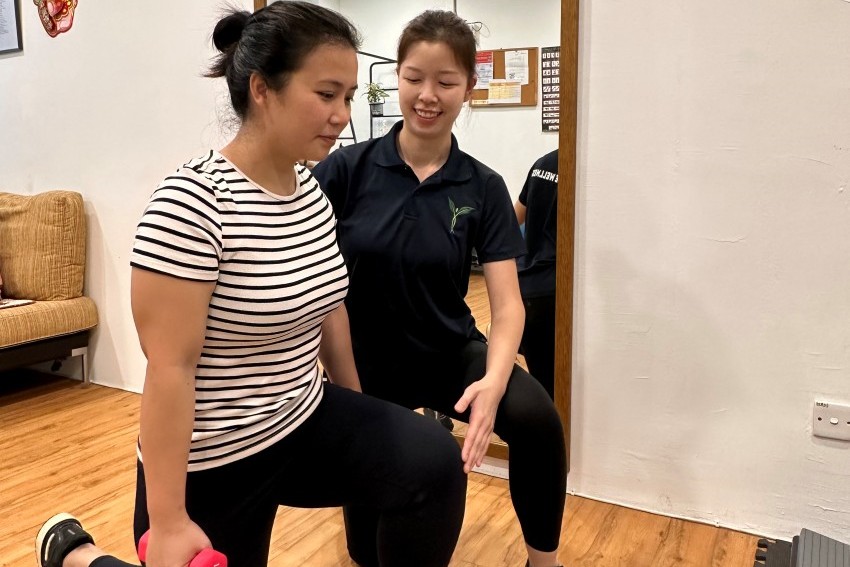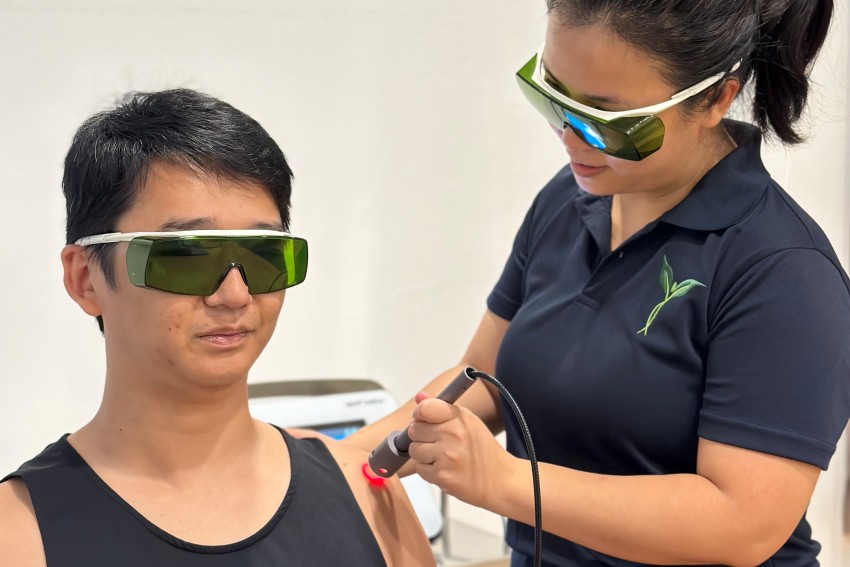Postoperative rehabilitation is the process of restoring physical function and mobility after a surgical procedure. This type of rehabilitation aims to help patients regain their strength, flexibility, and range of motion, and reduce pain or discomfort after surgery.
The specific type of rehabilitation required will depend on the type of surgery performed and the patient’s individual needs. For example, postoperative rehabilitation after knee surgery may involve exercises to improve knee flexibility and strength, while rehabilitation involves exercises to improve core stability and balance.
Postoperative rehabilitation typically involves working with a physical therapist or rehabilitation specialist who will develop a personalized plan of exercises and activities for the patient to perform. These may include stretching, strengthening, and range of motion exercises, as well as activities such as walking, cycling, or swimming.
The goal of postoperative rehabilitation is to help patients recover as quickly and fully as possible, with the aim of minimizing the risk of complications and maximizing the patient’s quality of life. It is important for patients to follow their rehabilitation program closely and work closely with their healthcare team to ensure they are making progress and meeting their goals.

Learning To Walk Again
Learning to walk again with a physiotherapist involves a personalized rehabilitation program that includes exercises to improve strength, balance, and coordination. The physiotherapist will work with the individual to set goals and monitor progress, gradually increasing the intensity and difficulty of exercises. This process can be challenging but can help individuals regain independence and mobility after an injury or illness.

Therapies With Infrared Stimulation
Infrared stimulation therapies use heat to stimulate nerves and muscles to alleviate pain, improve mobility, and promote healing of the tissues. They are used to treat conditions such as chronic pain, muscle weakness, muscle pain, muscle ache and paralysis, and have been shown to be effective in most cases. It will take several sessions for optimal healing effects. Once or twice per week infrared treatments can be applied.
